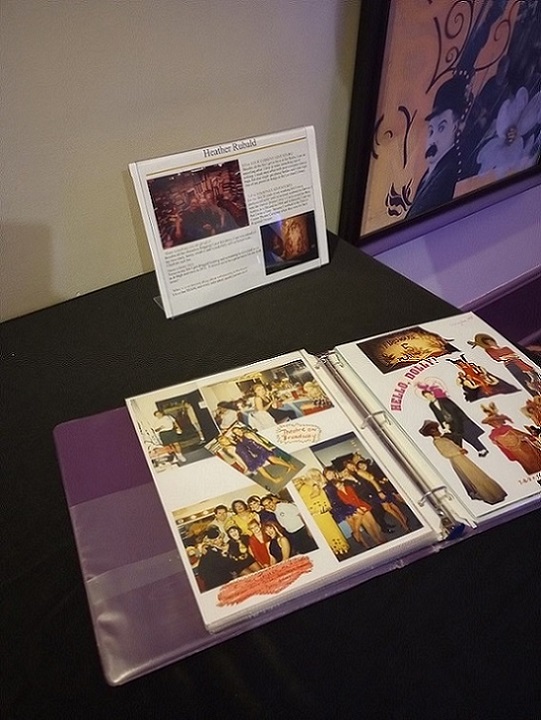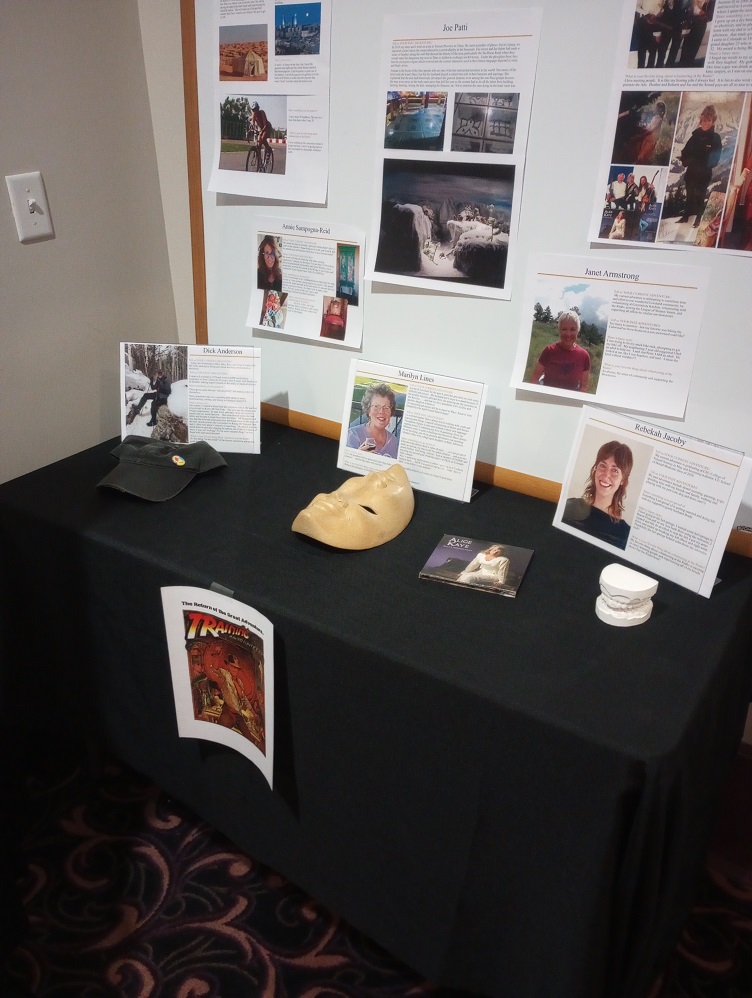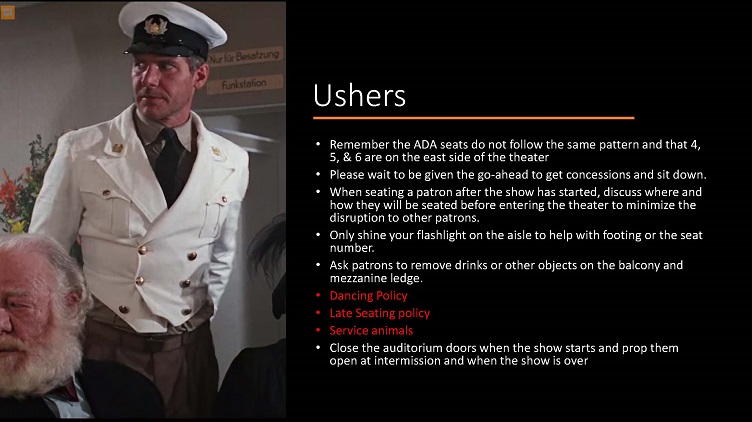Seth Godin made a post a week or so ago about the need to track things that are really important, but invisible to us or transpire gradually. I sense there is something valuable for arts and cultural organizations in what he has to say, but I am having a difficult time trying to figure out how to accurately track these things. I am hoping readers may have some idea.
In his post he writes:
Gas-powered leaf blowers would disappear if the smoke they belched out was black instead of invisible.
And few people would start smoking if the deposits on their lungs ended up on their face instead.
We’re not very good at paying attention to invisible or gradual outputs.
The trick is simple: If it’s important, make it visible. If it happens over time, create a signal that brings the future into the present.
One of the first things that occurred to me as important, but may transpire gradually is employee or audience dissatisfaction. But how do you accurately track and signal this situation? How do you know whether a dozen individual complaints are related to each other or independent rumblings? In hindsight it is easier to see that comments made in a series of staff meetings over the course of a months culminated in the departure of multiple people, but at the time those comments may not have seemed to be related.
Obviously, it is good to have supervisors who are responsive and emotionally intelligent enough to head off these issues, but if the supervisors are only seeing what is happening in their area, they may not feel there is enough of an issue to report it to those with a more global view of the organization.
Conversely, you may notice a gradual increase in audience satisfaction with their experience, but may not be able to pinpoint why. Is it the new ticketing software? The receptions for audiences under 40? The advance emails telling people where to find parking? These are all great ideas and making people happy so let’s keep them and continue to make everyone happy!
Except what you didn’t know was that it was a front of house manager whose infectious enthusiasm and good training transferred through the staff to the audience. When their parents got sick, they moved back to their hometown. Gradually, that lack of leadership and energy seeps out of the experience and audiences aren’t as satisfied. Having no idea this is the cause, you try new innovative programs to which people may respond, but it isn’t quite like it was. Even if you recognize that the departed staff member was a valuable asset that had been lost, you may not realize their work sent imperceptible ripples through the organization.
Godin uses examples where the link between cause and effect is pretty well known. So there are ways to measure leaf blower exhaust that don’t depend on sight and you can monitor lung health in different ways. But there are other situations where there are multiple factors which may contribute to outputs so it is difficult to know which to make visible. What might be relevant in one community may not be in another. The social dynamic of one region of the country may enjoy the enthusiasm of the front of house manager, but it may come across as insincere and cloying in another part of the country.
But I may be overthinking this and/or coming at this from the belief that just because you can measure it, doesn’t mean it is meaningful. Some readers may immediately identify the type invisible or gradual issues Godin may be referencing that are associated with the arts and some relatively objective measures that can be used to track them.






"Though while the author wishes they could buy it in Walmart..." Who is "they"? The kids? The author? Something else?…